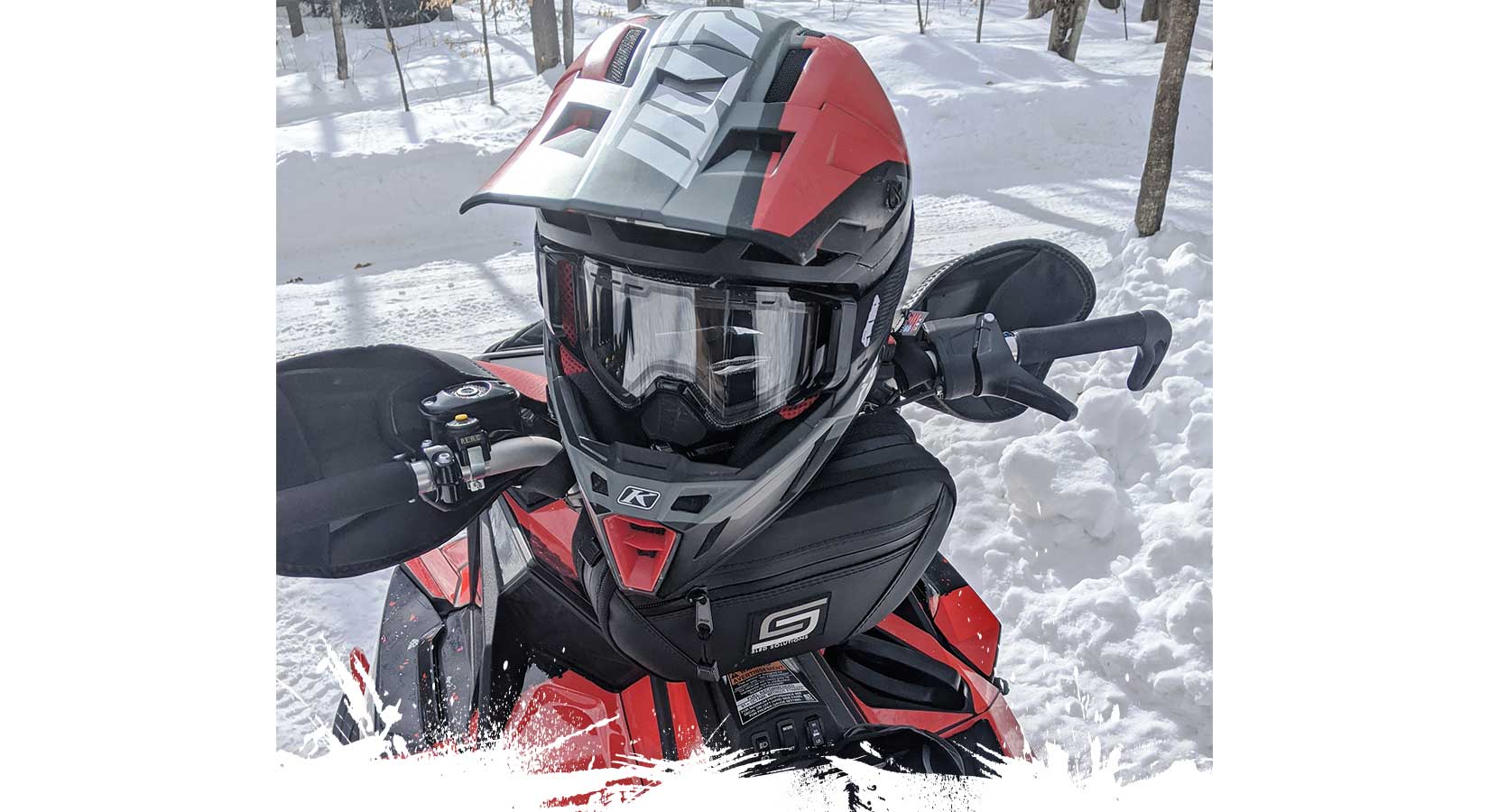How many times have fogging goggles threatened to ruin your day on the trails or in the backcountry? It’s a problem that most riders face when using an open face helmet, but it doesn’t have to be a constant struggle! Being in the snowmobile business, and having the ability to test many different setups, I have a pretty good idea of what works best and why.
I have heard so many riders blame their goggles for fogging issues, when in fact a quality goggle can only perform as good as the arena you put them in. Back in the early 2000s, when people started seeing the advantages of riding in a motocross-style helmet, we became the guinea pigs of the sport.
We were taking motocross helmets and goggles with dual pane lenses, and riding in them in the winter. We were subjected to balaclavas that were meant to be used under a full-face helmet, goggles that were never designed for winter temperatures, and helmets that were meant to keep you cool, not warm. Luckily times have changed and the snowmobile industry adapted to winter-specific headwear and things got much better.
Here is what I have learned about goggles through my own trial and error….
There is only one way a goggle can fog: moisture getting in the goggle. This could be from sweat, your hot breath, or allowing snow to get in them. The most important thing to do when riding in goggles is to not take them off your helmet if you can help it. This will ensure you don’t drop them in the snow or have snow piling up in them while you stop for a break. Secondly, but just as important, do not use the breath box that comes with the helmet if you are using a standard balaclava. Breath boxes are just not high enough quality to give you a good seal on your face. This causes any hot air you exhaust to work its way up past the breath box and find its way into your goggles. Lastly, if you sweat or are overheating, you are raising the humidity in your goggles. This moisture typically collects at the top of your lenses which will either freeze or fog over.
So how do you eliminate these things? It’s pretty simple actually. It starts with evaluating your set up.
- Start with a quality goggle. There are many good brands out there and spending a little more money to ensure that the manufacturer properly engineered the goggle for winter sports will save you a bunch of headaches.
- Get a helmet that offers good ventilation but seals up nicely. Don’t buy a helmet because you like the way it looks, instead make sure it fits properly.
- There is no better way to divert your hot air away from your goggles than with a “snorkel” type balaclava. From what I have experienced, they are a total game-changer for most people.
- Evaluate your outerwear. The key to staying warm is not to sweat, and not sweating will help goggles stay fog-free. If you are overheating, or your head is sweating while riding, your goggles don’t stand a chance from fogging.
- Try a breathing technique that I learned while riding with Chris Burandt that has helped me keep my goggles fog-free. Simply put your top lip over your bottom lip and breathe in through your nose and out through your mouth when breathing heavy. This pushes your breath down and away from your goggles.
The fact of the matter is that moisture is the enemy when it comes to goggles fogging. The next time you’re struggling with a pair of goggles, evaluate the conditions and your setup. Besides having a spare pair of goggles, there might be a simple solution to keeping your goggles clear so you can enjoy your day on the trails or in the backcountry.
